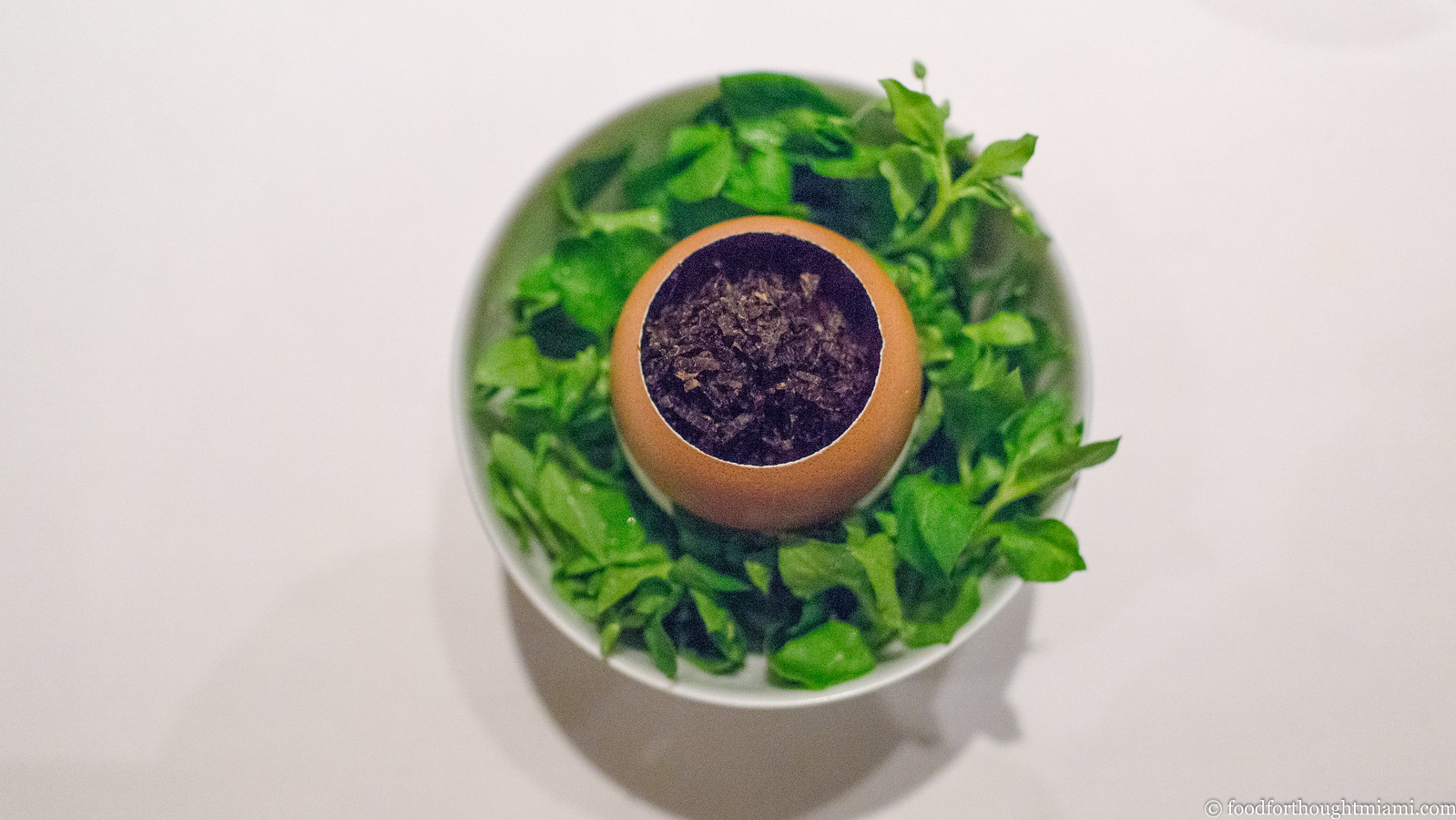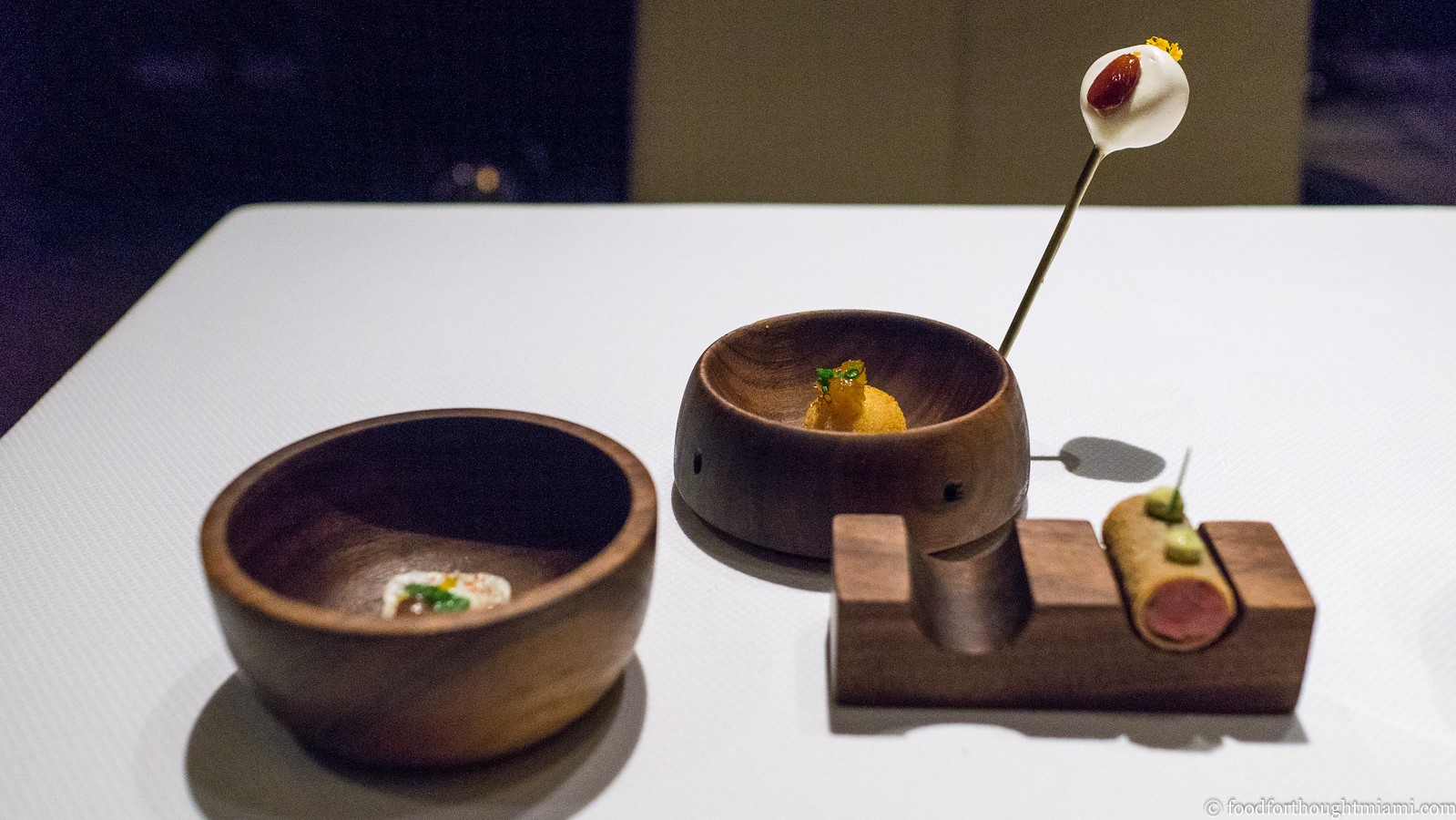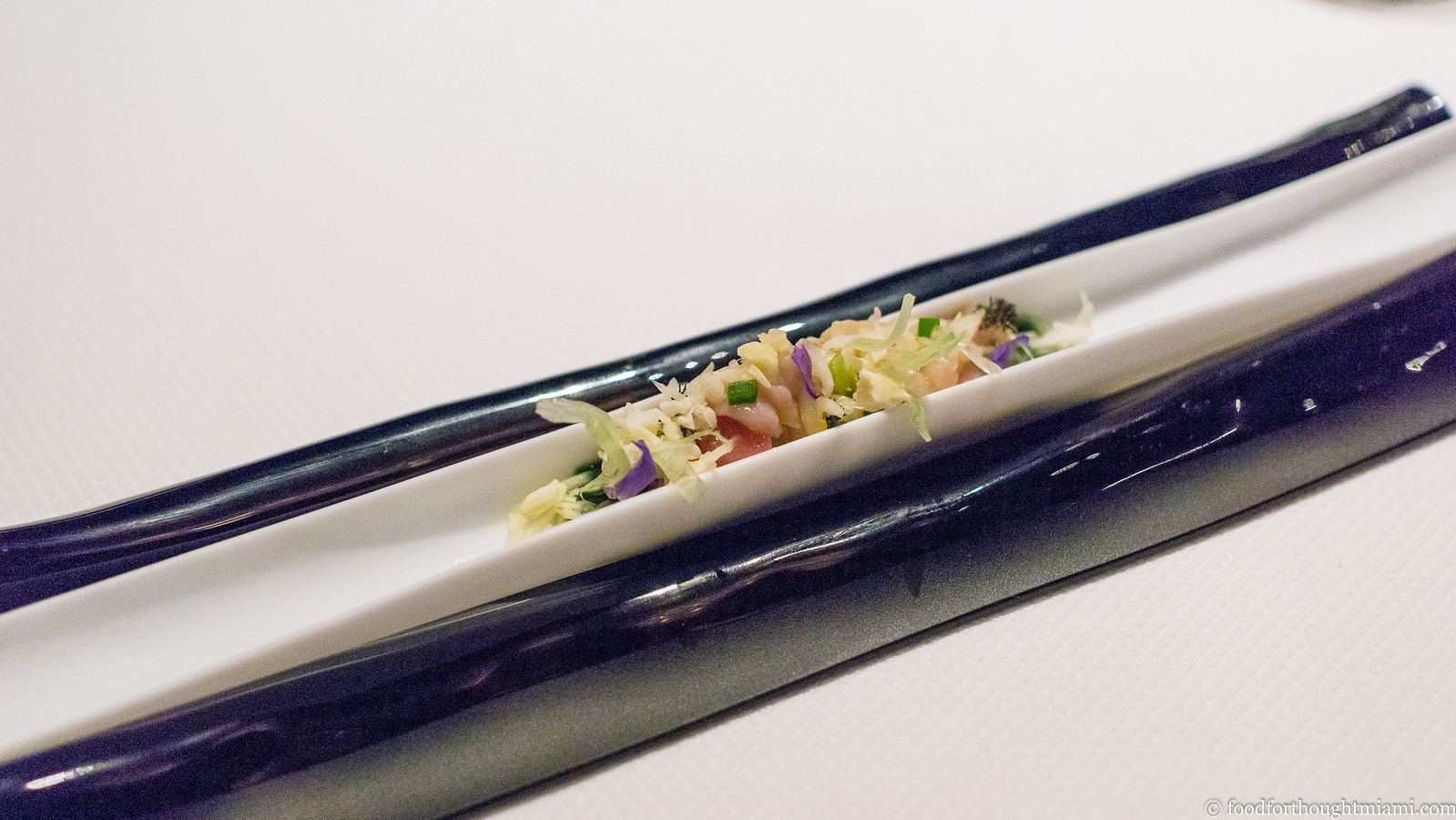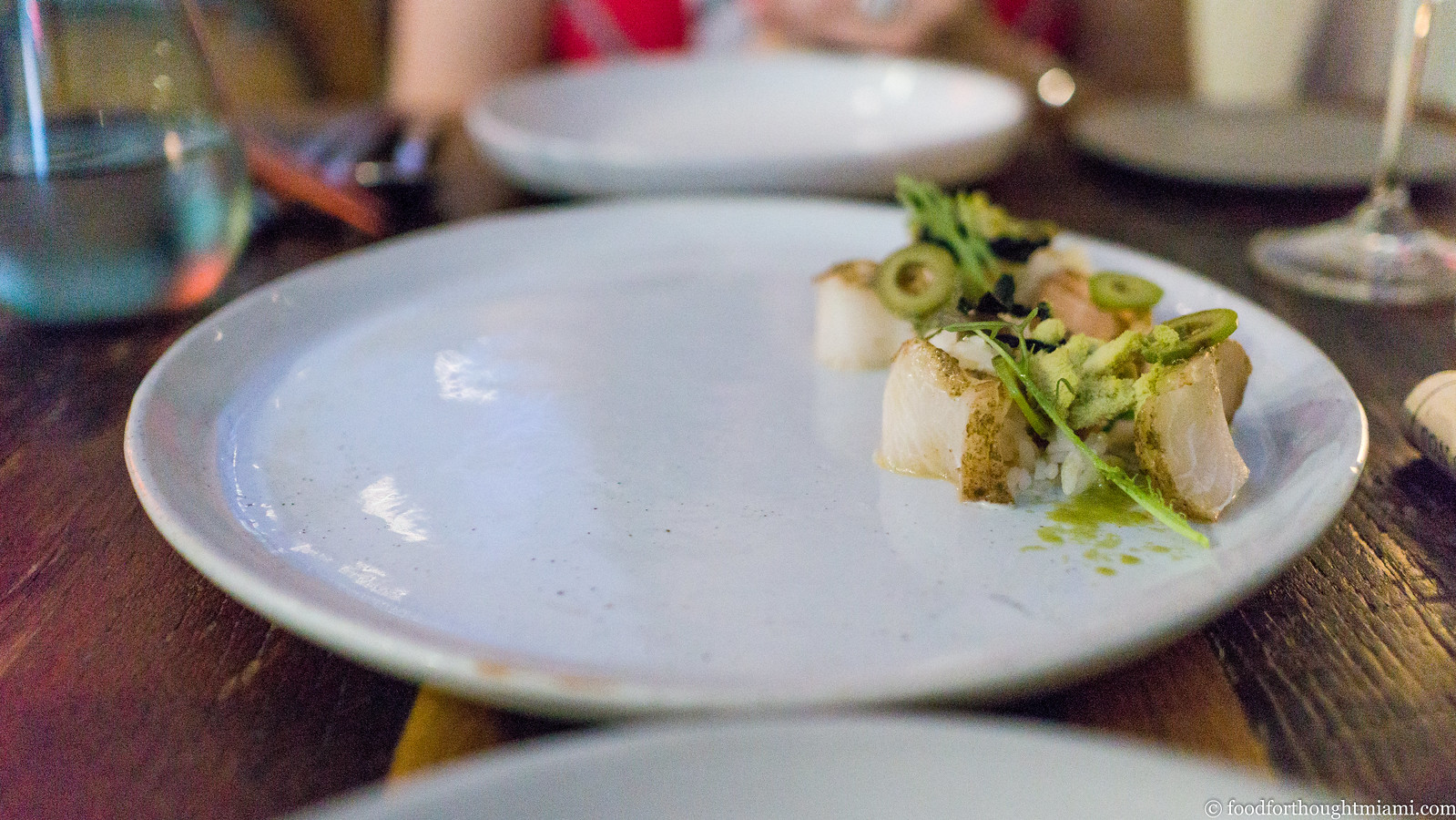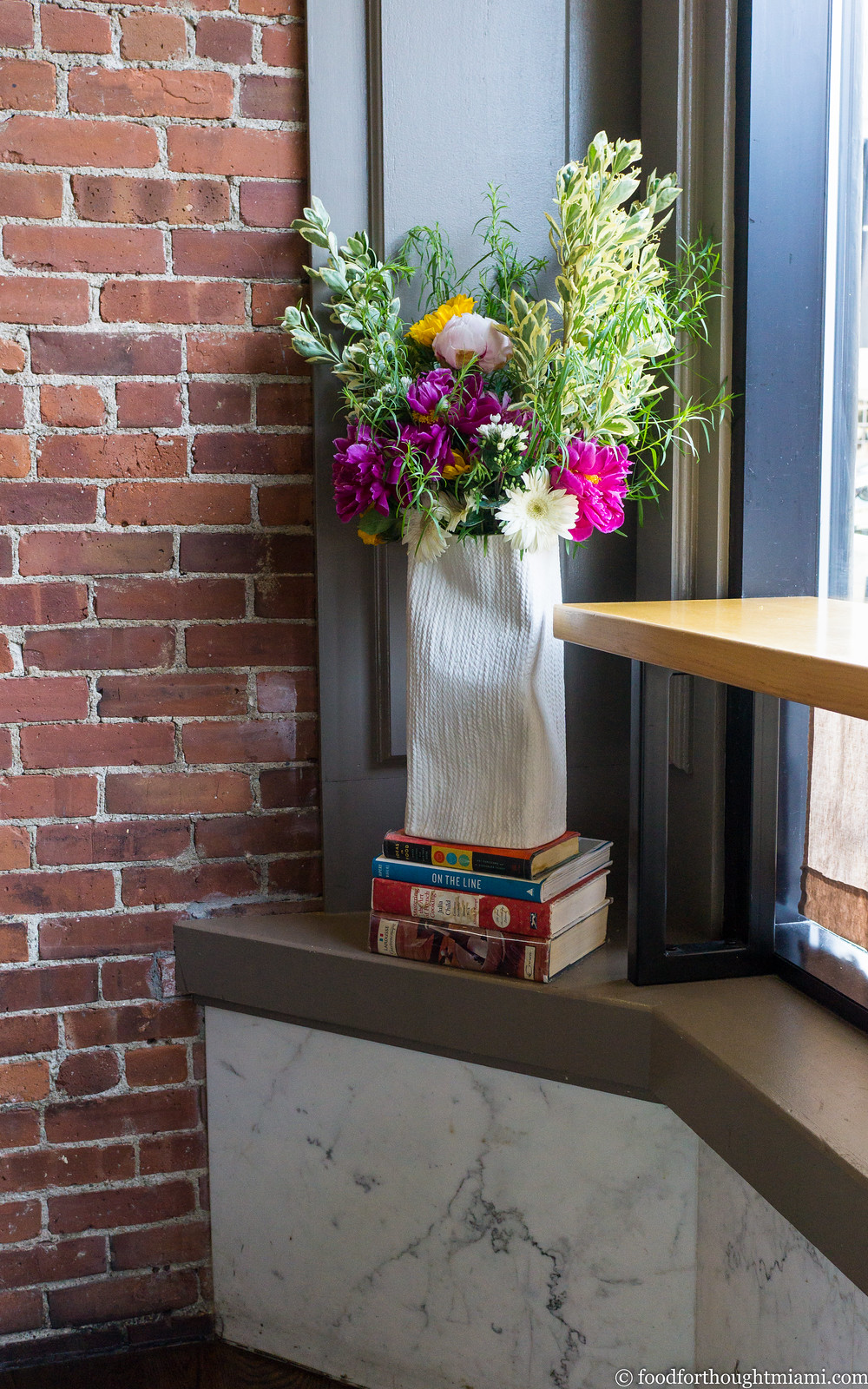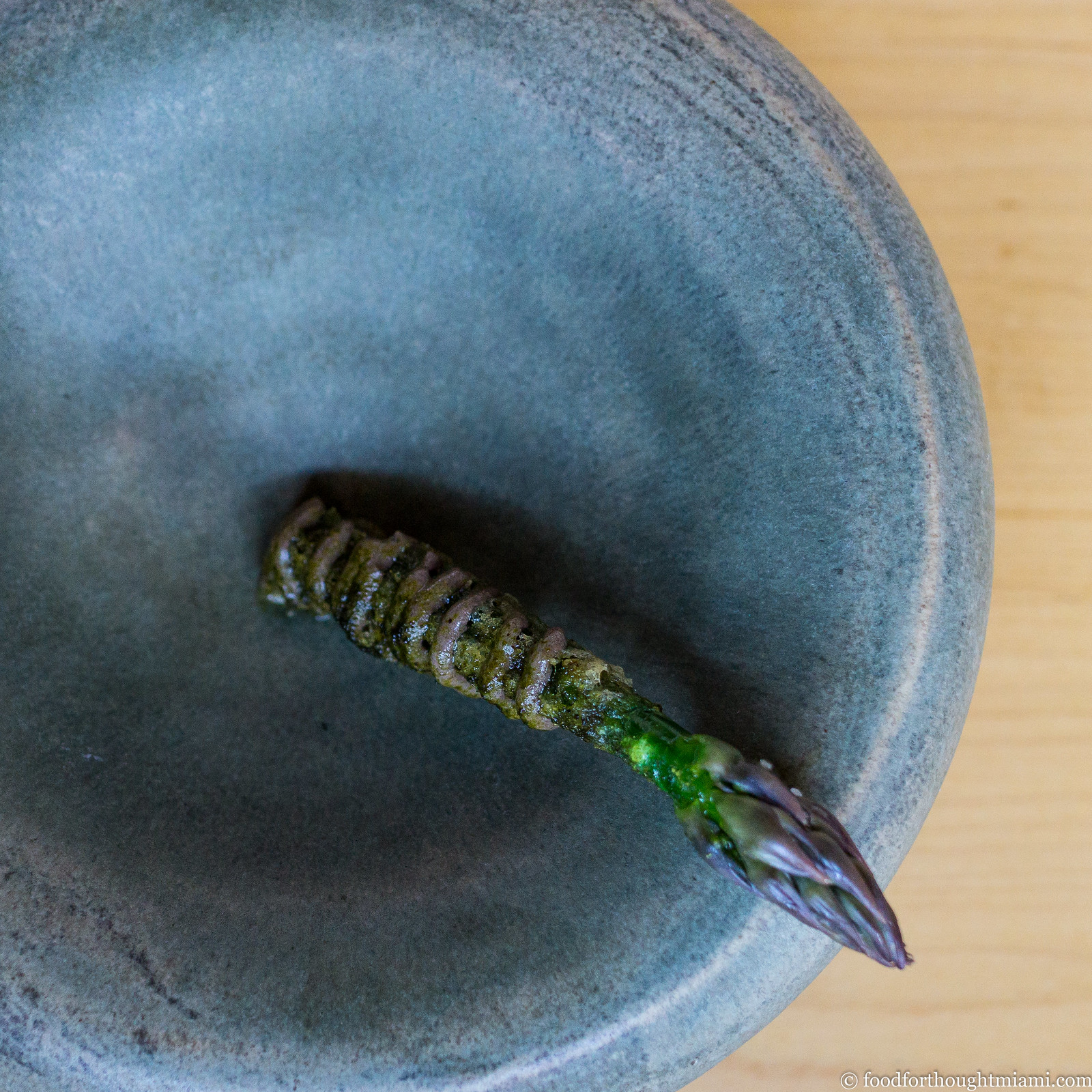Friday, July 1, 2016
Quince Restaurant | San Francisco
Quince Restaurant is something of an anachronism. In these days of bare tables and and backless stools and leather-aproned servers, here there are still white linens and cushions and tailored suits. Refinement. Elegance.
I wasn't so sure I cared about such things so much any more, but a solo meal there a few months ago left me feeling happily coddled like a soft, warm, perfectly cooked egg. It's not just the trappings, it's the entire gestalt of the place: you don't feel so much like a customer as the guest of a wealthy, thoughtful friend. If fine dining is dead, Quince never got around to reading the obituary.
I was basically killing time before a red-eye flight home from San Francisco, and Quince might not have been on my radar but for several people mentioning it when I went fishing for suggestions on twitter. Then I recalled that on our last visit to San Francisco, we'd stayed just up the street from its more casual sibling, Cotogna, right in the path of a cloud of intoxicating aromas which emanated from the kitchen every afternoon. So I'd booked an early reservation, and now settled into a banquette (one of the joys of solo dining is getting to sit in the comfy seat) and watched as the room slowly filled. A cut crystal coupe was also filled with champagne, as an assortment of amuse-bouches was brought to the table.
(You can see all my pictures in this Quince Restaurant flickr set).
A finely minced steak tartare wrapped within a cylinder of bric pastry, dabbed with a tart gribiche sauce; a bon-bon of pickled persimmon with marcona almonds; a delicate croqueta of jamón ibérico dabbed with sweet onion jam; a featherweight chicharrón cracker, with a delightful crackle.
There was a stretch of a few months where every tasting menu I tried started with an oyster. If it's a good oyster, I'm OK with that. This one – from Fanny Bay in British Columbia – was a good one, its fluted shell also bearing some little horseradish pearls, a pink peppercorn mignonette and tiny tarragon leaves (a great accent mark over the cucumber-y flavor of the oyster).
Light and delicate, this little salad of empire clam[1] with purple borage flowers, fennel and meyer lemon, all nestled over a bright green borage leaf purée, arrived in a long, skinny dish reminiscent of a razor clam shell. For an eating utensil, they provided the same item with which it was plated: tweezers.
Clearly, Chef Michael Tusk likes caviar. If you're not up for a full tasting menu, Quince has a salon where you can order several items a la carte, including an entire menu devoted to caviar selections. In the dining room, it was served two ways: on one side, a ring of tender brioche adorned with generous quenelles of Tsar Nicolai reserve caviar, buttons of creme fraiche and vibrant flower petals; on the other, a bed of creamy sea urchin, topped with an even more generous spoonful of steely grey roe, with a fine julienne of fennel and apple which provided a beautiful lift and brightness to the dish.
(continued ...)
Tuesday, June 28, 2016
best thing i ate last week: shaved cobia at Alter
It had been about six months since I'd been to Alter for a regular dinner, though in the interim, I'd attended a few excellent collaborative dinners there with chefs from Contra, Central and Aubergine. Also in the interim, Alter's chef, Brad Kilgore, was named a "Best New Chef" by Food & Wine magazine, and Kilgore and Alter were selected as semi-finalists in the James Beard Foundation Rising Star and Best New Restaurant categories, respectively (both national, rather than regional, recognitions). Not a bad stretch. And fully deserved, for what is currently my favorite restaurant in Miami.
More good news since my last regular visit: the dinner menu is almost entirely new, with only a few staples remaining (the grouper cheek, the short rib in a somewhat modified form, and of course the soft egg with scallop mousse and the bread and beurre). So Mrs. F and I were able to construct a DIY tasting menu of almost entirely new dishes (it's tough to pass up that egg).
I liked all the new items, but my favorite was a crudo of shaved cobia, which had been marinated (cured? brined?) with dashi and dried mushrooms, then sliced into thin ribbons arranged in delicate curls around a castelvetrano olive "snow," mounds of sushi rice, green mustard oil, and slivers of more olives and dried mushrooms. I loved the deep umami flavors instead of the usual pairing of citrus with raw fish, which still retained enough balance to complement rather than overwhelm the cobia.
(If you want to see more, all the new pictures are at the end of this Alter - Miami (Wynwood) flickr set).
Friday, June 24, 2016
Birch | Providence, Rhode Island
I lost count at fifty. So let's just say there are at least fifty sheets of kohlrabi, layered in soft, translucent ribbons, that made up this dish. They're marinated with cherry leaves, interspersed here and there with apple, Vietnamese coriander and lemon balm. The whole fragile assemblage is laid atop a base of tangy creme fraiche. It's beautiful, delicate, brightly flavored, unexpected – and also the best kohlrabi dish I've ever tasted.
Not that there's a robust competition for that honor. But I'm actually a big fan of the unloved and alien-looking vegetable. Apparently so is Ben Sukle, the chef at Birch in Providence, Rhode Island, which he opened with wife Heidi in 2013.
I keep lists of restaurants for dozens of cities I've never visited, as if I might get airlifted one day without warning and need to find a good meal. I didn't have a long list for Providence, but I did have at least this one name.[1] I'd heard of Birch by way of DocSconz, who'd gotten there early and then made his way back the following year.
So when I had reason to visit Providence this past Sunday,[2] I didn't look that hard for a same-day return flight, and instead lingered for dinner. It was time well spent.
As that kohlrabi dish suggests, Sukle's approach at Birch is vegetable-forward, with a strong focus on the local and seasonal, including a few real oddities here and there ("preserved hardy kiwiberry"?). Just from looking at his menu, you'd likely hazard a guess that Sukle's spent some time in the New Nordic church, and you'd be right: his resumé includes a one-month stage at Rene Redzepi's Noma, and it obviously made an impression. But there's a difference between inspiration and apery. This isn't all reindeer moss and gooseberries; Sukle's taken the spirit and ethos of the style and adapted it to his native New England ingredients in a way that feels natural and uncontrived.
That menu comprises four courses, with three choices for each. I unabashedly enjoy solo dining, but one downside is not getting to try as many things. Happily, there was a solution: though not listed, Birch will also do a chef's choice, 8-course tasting in smaller portions. Perfect.[3]
The dining room at Birch has a wonderfully simple layout: it's a square about 20 feet across, occupied by a u-shaped counter lined with comfortable stools on three sides. A couple servers present and remove plates and drinks from the middle. It's similar to places like Momofuku Ko or Blanca or Catbird Seat, or if you want to go a few years earlier, L'Atelier de Joel Robuchon, except that the kitchen remains hidden behind a closed door. To me, it's actually reminiscent of an old school horseshoe-shaped diner counter, and engenders a feeling of intimacy and camaraderie.
(You can see all my pictures in this Birch - Providence, Rhode Island flickr set).
The seasonal focus is on display from the start with a bite of asparagus, the stalk of which had been tempura fried and then wound with a paste of black garlic, truffle and nasturtium, the purple-shaded bud unadorned. The fried stalk was so delicate as to almost disappear in one bite; the raw tip retained a pleasing vegetal snap.
Following the kohlrabi, a dish of raw scallops paired with turnips in a broth infused with cherry blossoms, dusted with lemon zest, and topped with arugula flowers. The white-on-white composition looked like shards of alabaster in a shallow pool. The sweetness of the cold fresh scallop played against the firmer, earthy chew of the turnip, both bound by the salty, tangy, faintly floral broth.
(continued ...)
Subscribe to:
Posts (Atom)

